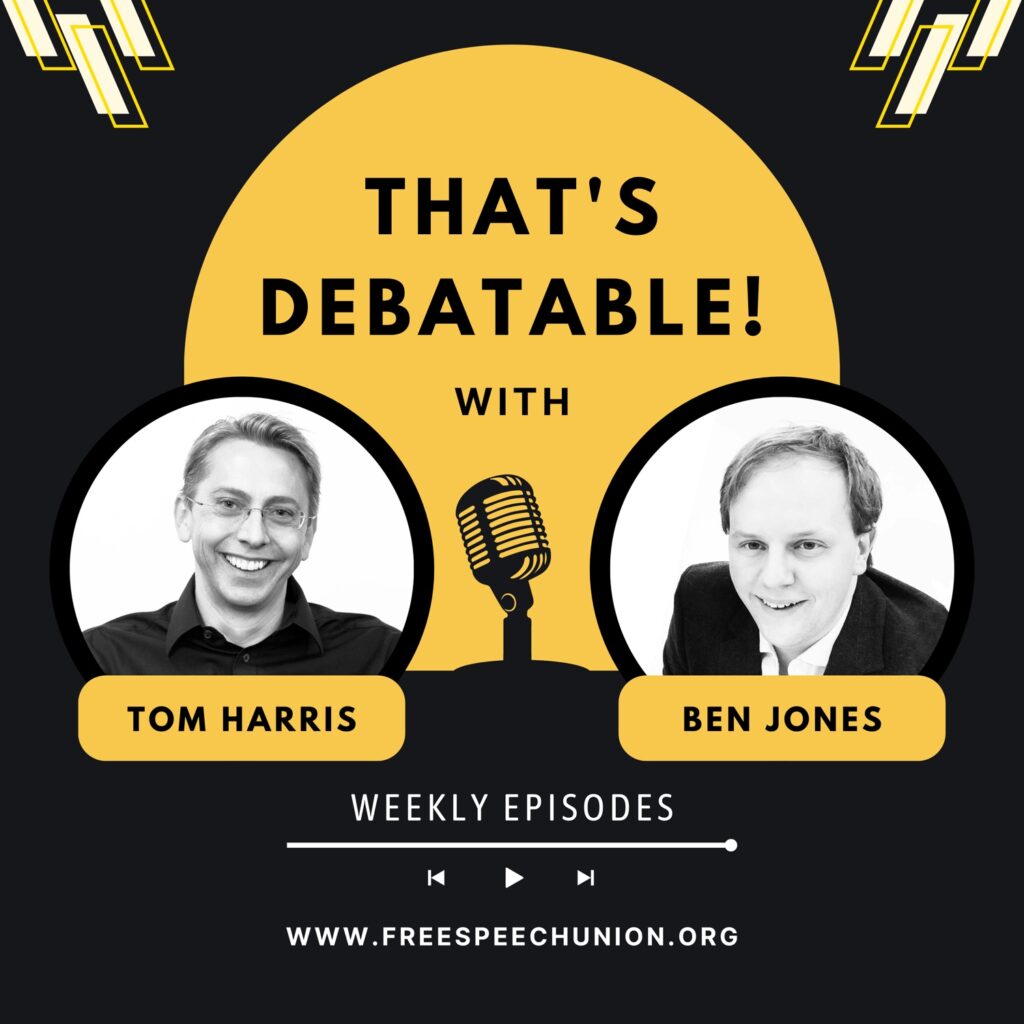The government is launching a new police unit to monitor social media for early signs of protest activity and dissent.
According to this not-at-all-troubling plan, the National Internet Intelligence Investigations Team (NIII) will be assembled by the Home Office and based at the National Police Coordination Centre (NPoCC) in Westminster. Detectives from across the UK will be seconded to the unit, which will focus on “maximising social media intelligence” and identifying emerging threats linked to civil disorder. Previously, the NPoCC led Operation Talla, the draconian policing response to the Covid-19 lockdowns, which frequently curtailed basic civil liberties.
The development of this new team follows criticism of the police response to last summer’s riots, which quickly spread across more than two dozen towns and cities after a mass stabbing in Southport left three children dead.
Details were set out in a letter from Policing Minister Dame Diana Johnson to Dame Karen Bradley, Chair of the Home Affairs Select Committee. Published just before Parliament rose for the summer, the letter responded to a request for clarity on how the government planned to implement the public order recommendations set out in the Committee’s April report on the 2024 summer disorder.
Alongside the report’s recommendations, the Committee warned that forces were struggling to keep up with fast-moving online threats, not least because many officers working in this area were “already struggling with heavy workloads, fatigue and stress”.
It’s no wonder they’re tired. In addition to policing the streets, they’re increasingly policing people’s tweets, with more than 30 people a day now being arrested in the UK for ‘offensive’ online posts under suspicion of breaking just two speech offences: section 127 of the Communications Act 2003, and section 1 of the Malicious Communications Act 1988. In both cases, the legal thresholds are vague and subjective, leaving broad discretion to police and prosecutors.
According to custody data obtained by The Times, 12,183 such arrests were made in 2023 – a 58 per cent rise since 2019. And that’s almost certainly an undercount, given that eight forces – including Police Scotland, the UK’s second largest – failed to respond fully to FoI requests, and numerous people are being arrested and hauled in for questioning under suspicion of committing other speech offences, such as stirring up racial hatred under the Public Order Act 1986.
So, who knows, perhaps with this extra help from the NIII’s specialist officers, police forces up and down the country will struggle a little less with workload. And the rest of us can look forward to seeing well over 100 arrests a day for speech crimes.
The details are set out in Dame Johnson’s letter, available here.
The Select Committee’s report can be found here.






